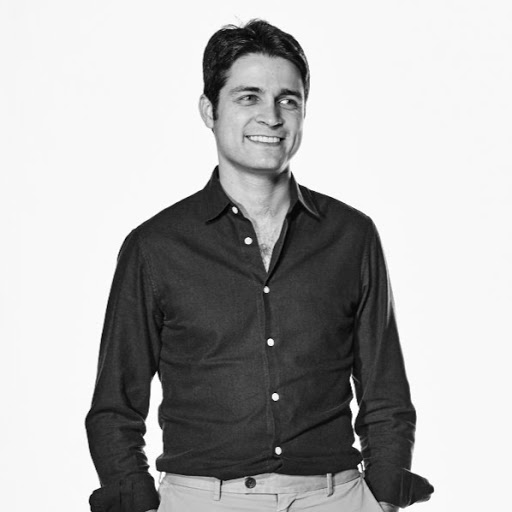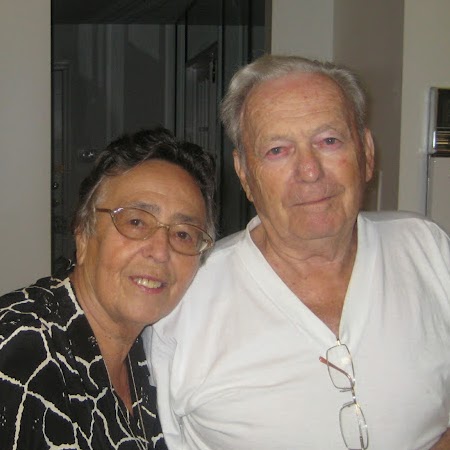Mikhail Shapiro
from Aventura, FL
Mikhail Shapiro Phones & Addresses
- Aventura, FL
- Alamo, CA
Work
Education
-
School / High School:criminal justice department of SF State University- San Francisco, CA2012
-
Specialities:Bachelor of Arts
Name / Title
Company / Classification
Phones & Addresses
CEO
SETKA, INC
3223 Crow Cyn Rd #250, San Ramon, CA
3370 NE 190 St #1608, Miami, FL
3370 NE 190 St #1608, Miami, FL
President
SETKA, INC
Nonclassifiable Establishments
Nonclassifiable Establishments
20533 Biscayne Blvd STE 4, Miami, FL 33180
19701 E Country Clb Dr #5, Miami, FL 33180
19701 E Country Clb Dr #5, Miami, FL 33180
Resumes

Mikhail Shapiro
view sourceLocation:
Miami, FL
Industry:
Staffing And Recruiting
Work:
Setka 1986 - 2006
President
President
Education:
Byelorussian State University
Master of Science, Masters, Mathematics, Computer Science
Master of Science, Masters, Mathematics, Computer Science

Mikhail Shapiro
view source
Licensed Real Estate Appraiser At All American Appraiser
view sourceLocation:
San Francisco Bay Area
Industry:
Real Estate

Miller Research Fellow At University Of California, Berkeley
view sourcePosition:
Miller Research Fellow at University of California, Berkeley
Location:
San Francisco Bay Area
Industry:
Biotechnology
Work:
University of California, Berkeley since Jun 2011
Miller Research Fellow
University of Chicago - Greater Chicago Area Jan 2011 - Jul 2011
Visiting Postdoctoral Fellow
Third Rock Ventures - Greater Boston Area 2008 - 2011
Venture Principal
Massachusetts Institute of Technology 2004 - 2008
Hertz Foundation Graduate Research Fellow
Cyberkinetics Neurotechnology Systems, Inc. Aug 2001 - Jan 2003
Co-Founder
Miller Research Fellow
University of Chicago - Greater Chicago Area Jan 2011 - Jul 2011
Visiting Postdoctoral Fellow
Third Rock Ventures - Greater Boston Area 2008 - 2011
Venture Principal
Massachusetts Institute of Technology 2004 - 2008
Hertz Foundation Graduate Research Fellow
Cyberkinetics Neurotechnology Systems, Inc. Aug 2001 - Jan 2003
Co-Founder
Education:
Massachusetts Institute of Technology 2004 - 2008
Brown University
Brown University
Honor & Awards:
Miller Research Fellowship
TR35 - Technology Review Young Innovator 2010 (http://www.technologyreview.com/TR35/)
Hertz Thesis Prize 2009
Hertz Fellowship 2004-2008 (http://www.hertzfoundation.org)
Soros Fellowship 2004-2008 (http://www.pdsoros.org)

Mikhail Shapiro San Francisco, CA
view sourceEducation:
criminal justice department of SF State University
San Francisco, CA
2012
Bachelor of Arts
San Francisco, CA
2012
Bachelor of Arts
Youtube
News

Transparent Skull Implant Enables Advanced Brain Imaging
view source- As a foundation for the present study, Liu has collaborated for years with Mikhail Shapiro, PhD and Richard Andersen, PhD, of Caltech, to develop specialized ultrasound sequences that can measure brain function, as well as to optimize brain-computer interface technology, which transcribes signals fr
- Date: May 29, 2024
- Category: Health
- Source: Google

Frances Arnold Turns Microbes Into Living Factories
view source- She is a unique combination of warm and caring, while also rigorous and no b.s., said Mikhail Shapiro, a Caltech professor of chemical engineering who has known Dr. Arnold since 2005, when he sought her help as a first-year graduate student. I consider her a role model.
- Date: May 28, 2019
- Category: Science
- Source: Google

Computer Algorithm Identifies Antimicrobial Peptide as Potential Drug to Fight Antibiotic-Resistant Bacteria
view source- "This work is important because new types of antibiotics are needed to overcome the growing problem of antibiotic resistance," says Mikhail Shapiro, Ph.D., an assistant professor of chemical engineering at Caltech, who was not involved in the study. "The authors take an innovative approach to this p
- Date: Apr 16, 2018
- Category: Health
- Source: Google

These disease-fighting bacteria produce echoes detectable by ultrasound
view source- sound waves to produce ultrasound signals. When these bacteria are placed inside an animal, an ultrasound detector can pick up those signals and reveal the microbes location, much like sonar waves bouncing off ships at sea, explains study coauthor Mikhail Shapiro, a chemical engineer at Caltech.
- Date: Jan 03, 2018
- Category: Health
- Source: Google
Googleplus

Mikhail Shapiro

Mikhail Shapiro

Mikhail Shapiro

Mikhail Shapiro
Flickr

Mikhail Shapiro
view source
Mikhail Shapiro
view source
Mikhail Shapiro
view source
Mikhail Shapiro
view sourceMyspace

7 by 7 Frisco Productions...
view sourceLocality:
SAN FRANCISCO, CALIFORNIA
Gender:
Male
Birthday:
1943
Classmates

Mikhail Shapiro, Churchil...
view sourceGet Report for Mikhail Shapiro from Aventura, FL











